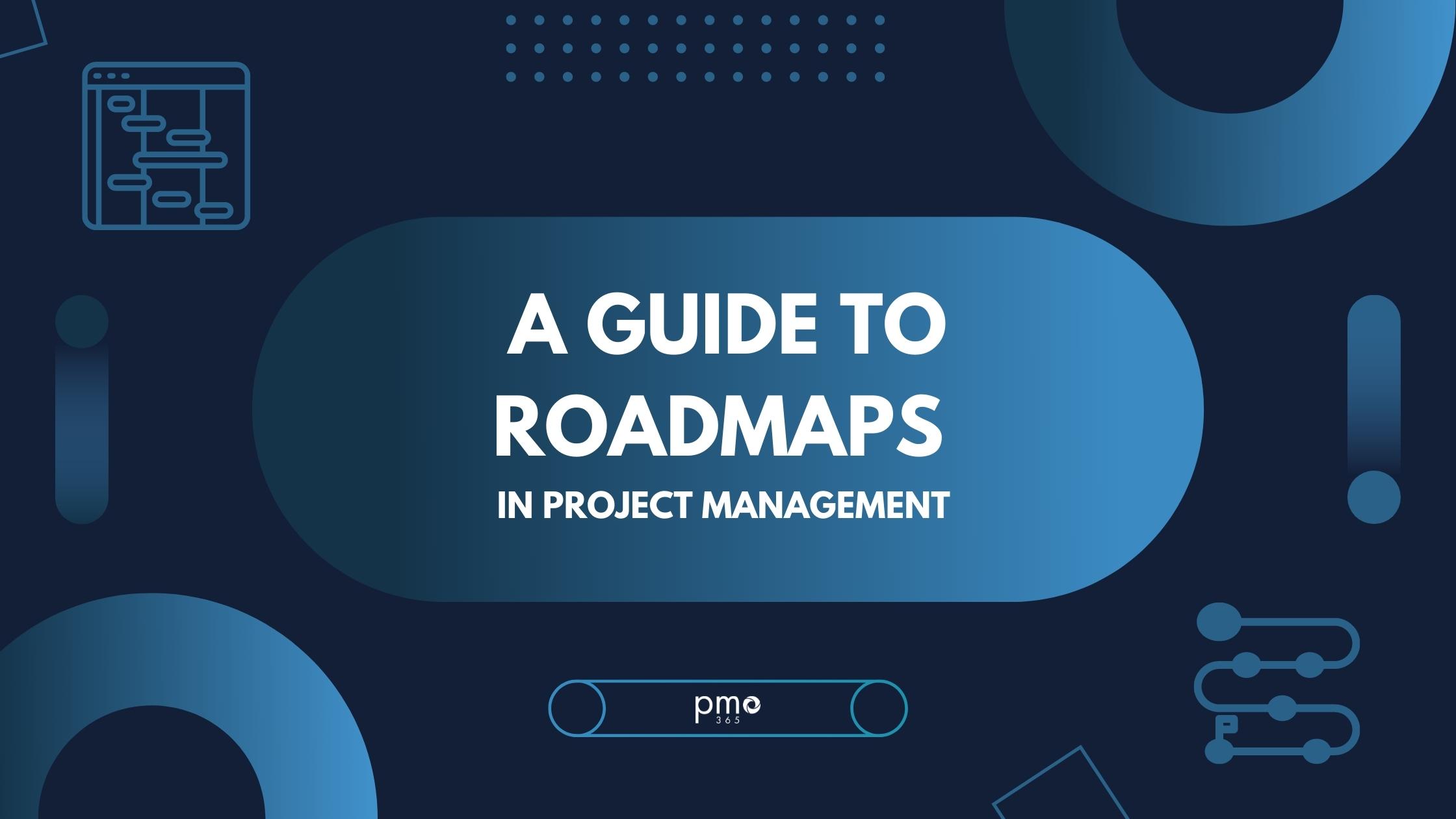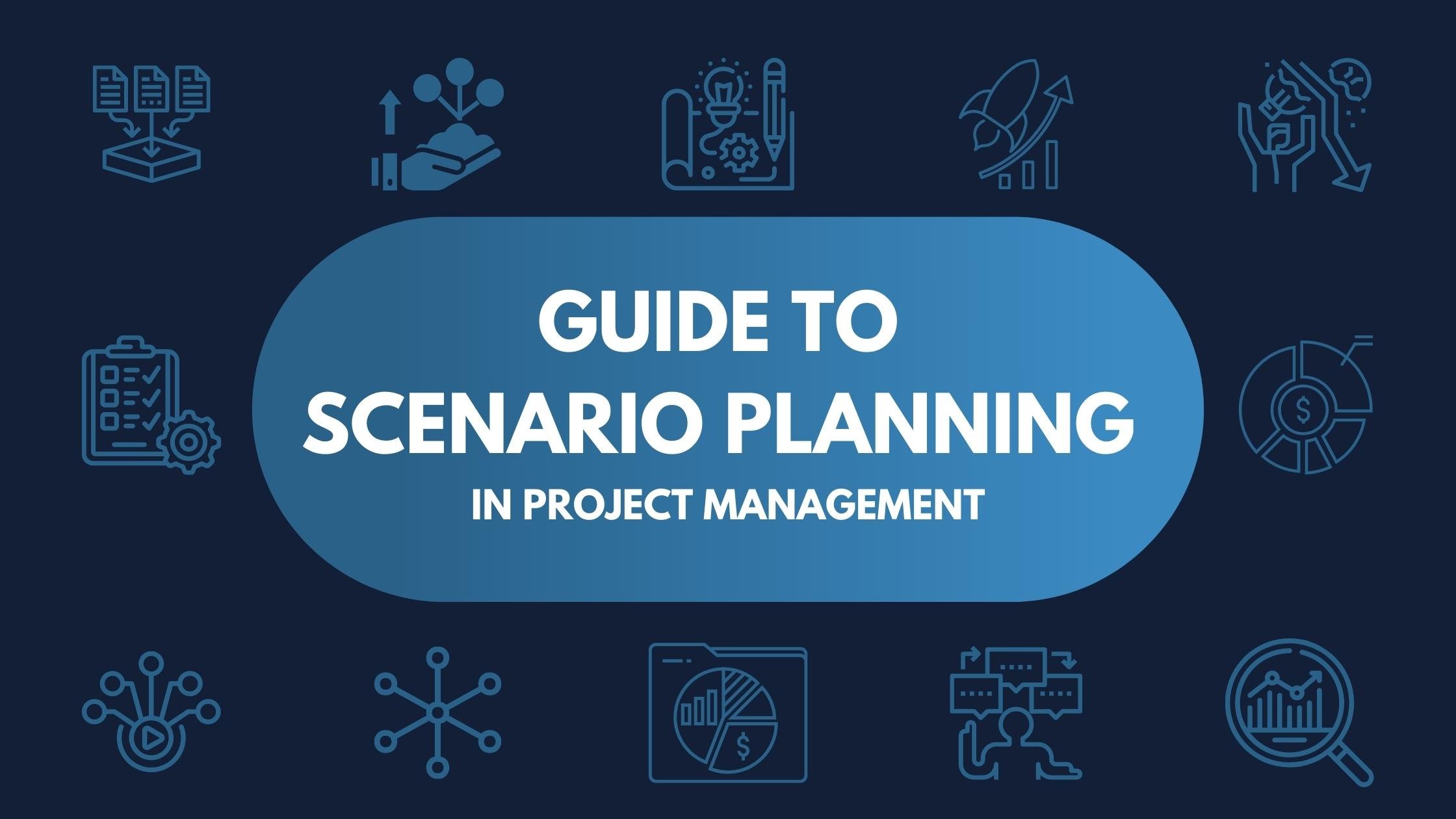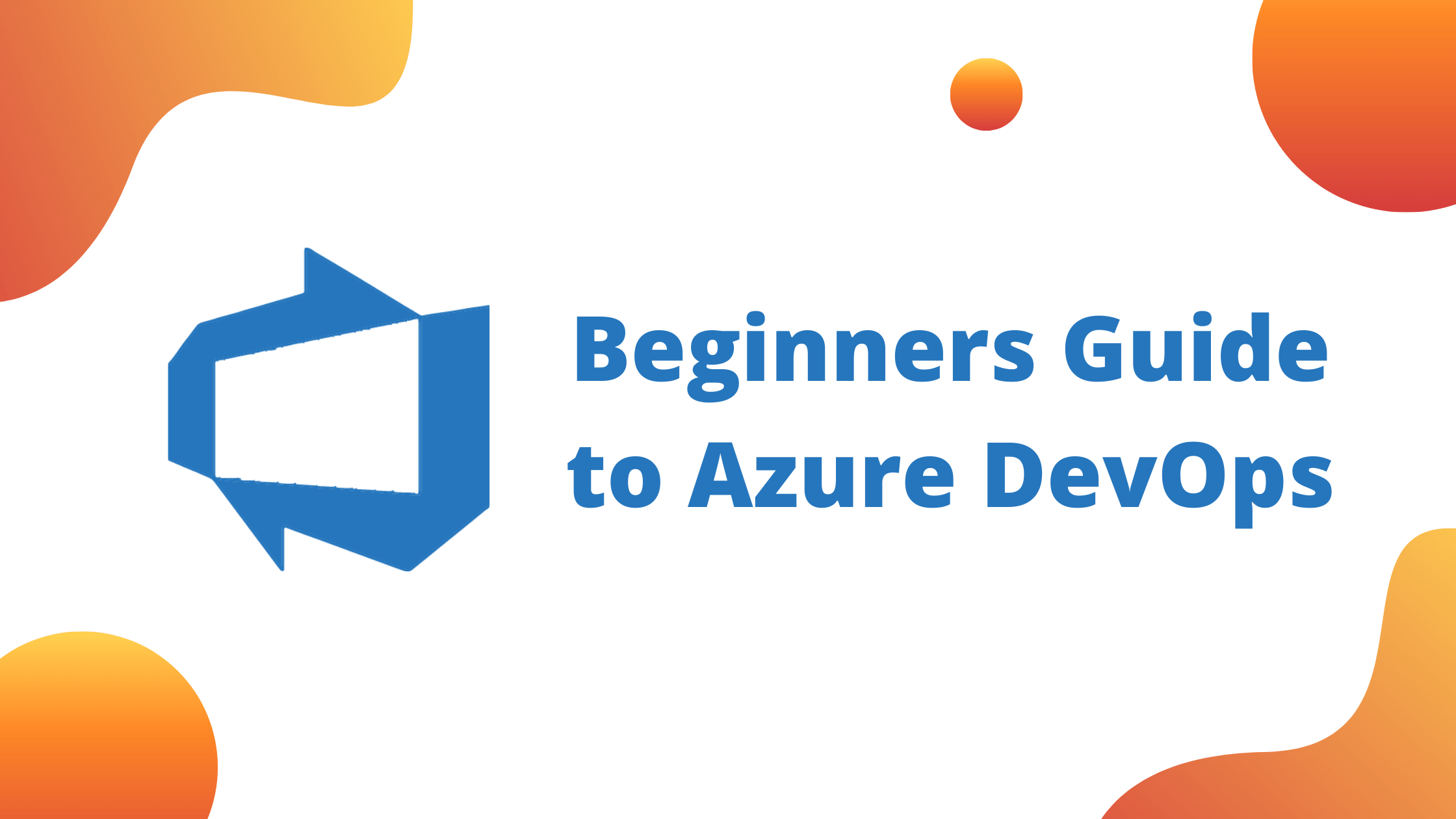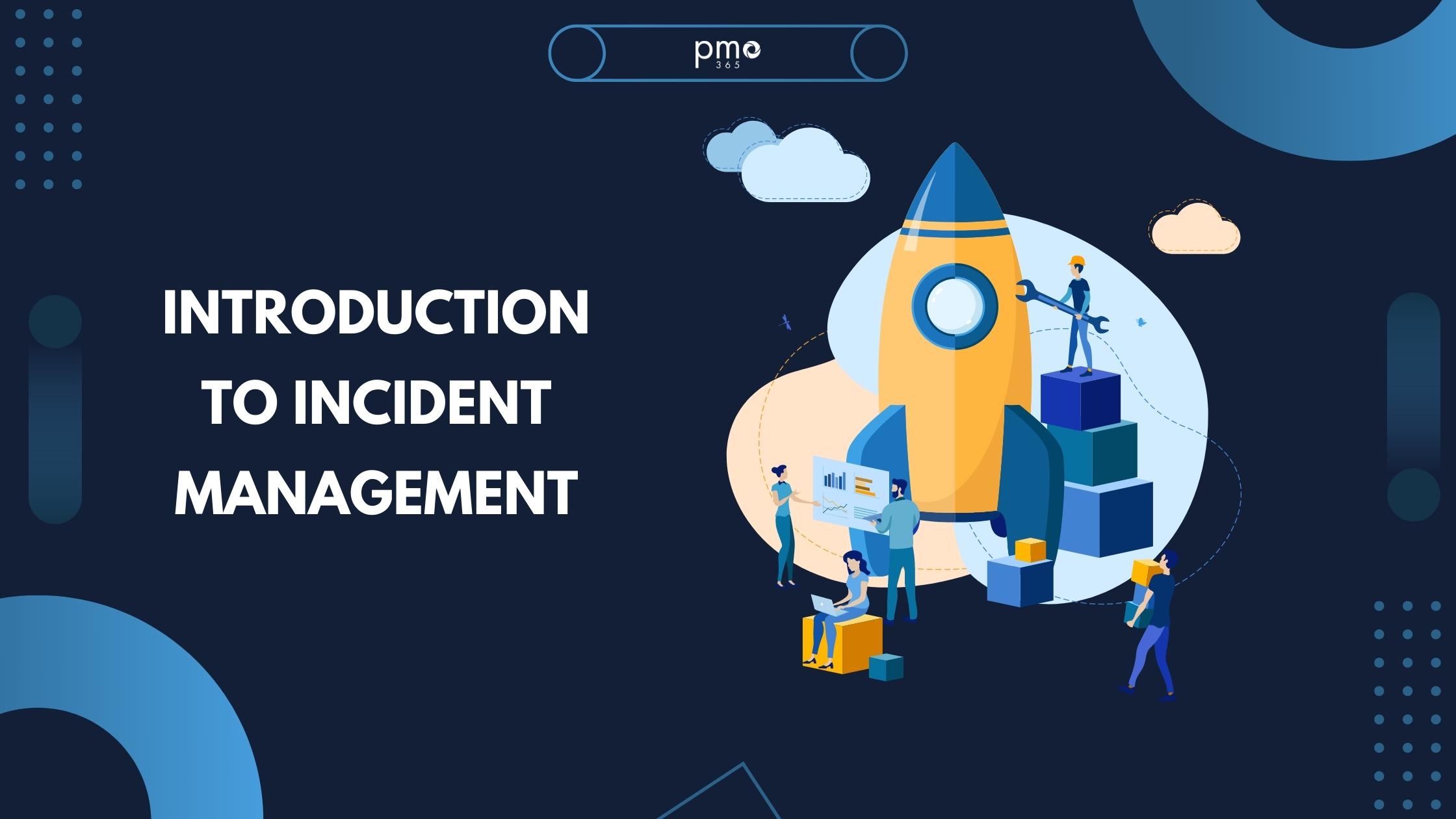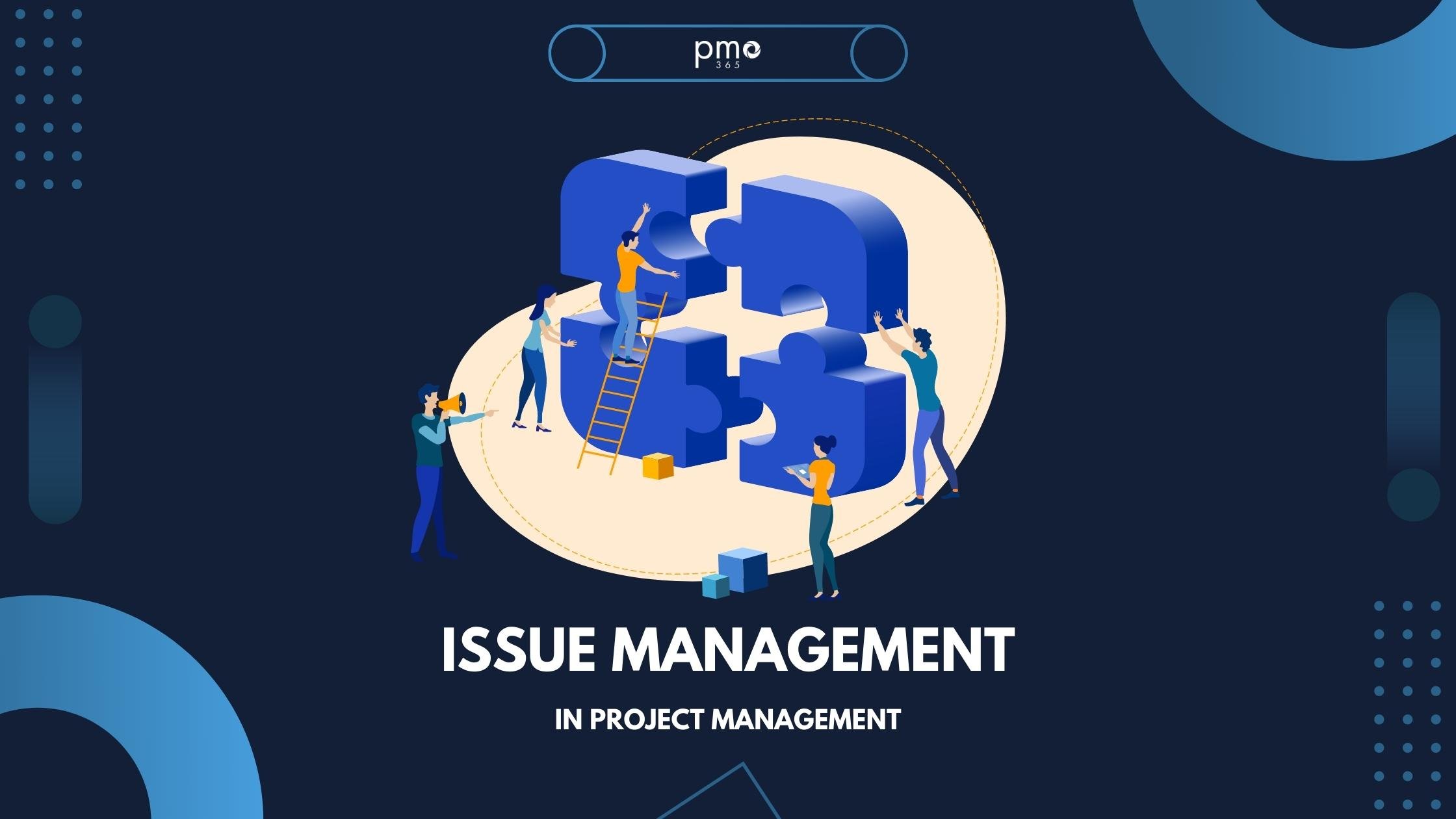Sustainability is increasing in relevance to the project management world. However, many organisations are directing their efforts to ad-hoc sustainability measures, instead of developing a solid framework. That’s where the PRiSM project management methodology comes in. PRiSM emerged from an increased need for holistic sustainability tracking and management across projects. It is now a critical tool for sustainable companies of the future.
What is the PRiSM Project Management Methodology?
PRiSM is an abbreviation of PRoject Integrating Sustainability Measures. It is a principle-based methodology that applies a value-maximisation approach to project management, by integrating sustainability into the entire project lifecycle. It achieves sustainable benefits realisation by leveraging existing organisational systems with a clear focus on process and the final product.
PRiSM project management is built upon Green Project Management’s P5 Standards for Sustainability in Project Management. The P5 standards expand on the traditional ‘triple bottom line’ of sustainable project management. As a result, the 3Ps (people, planet, profits) consider five additional elements – Project, Process, People, Planet and Prosperity. It measures the full impact of projects and products across their entire lifespan by combining project management goals with the UN Sustainable Development Goals.
Thus, PRiSM project management methodology lays out a comprehensive model for holistic sustainability tracking, management, and optimisation. The graph below breaks down the extended factors and responsibilities required to excel at all five core elements.
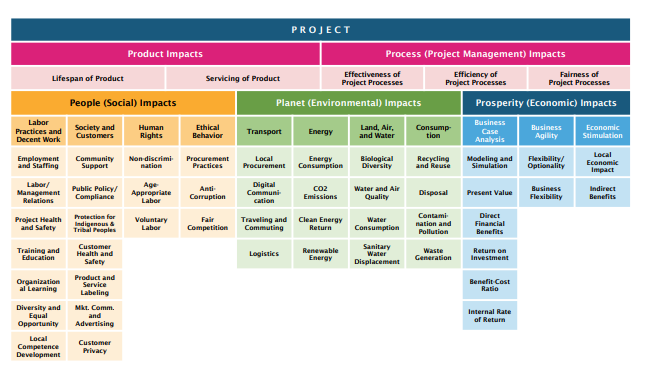
(Image reference: Green Project Management)
Key Characteristics of PRiSM Project Management Methodology
For some organisations, adapting the P5 standards to their own pre-existing project management processes may suffice. But what makes PRiSM different from traditional sustainable project management processes? There are four key characteristics that make PRiSM stand out:
1. Ingrained social and environmental project objectives
Often, project managers add sustainability measures to reflect well on the organisation. As customers place increasing value organisational accountability and transparency, evidence of organisational sustainability becomes more important. However, these measures often fail to accurately capture the everyday impacts of project management activities. Instead, they only provide organisations with generalised understandings of their sustainability impacts.
By incorporating social and environmental objectives into each project, organisations can better track and monitor their sustainability activities. When assessed on a project level, this helps project managers to identify areas for improvement. It also holds organisations to greater levels of accountability and transparency than portfolio-wide sustainability goals.
2. Defined Sustainability Management Plan
In addition, the PRiSM methodology ensures every project has clear sustainability objectives and a robust Sustainability Management Plan (SMP). An organisation should use their SMP to meet objectives, and monitor benefits. It also ensures that sustainability initiatives align with strategic objectives.
Typically, the SMP consists of an executive summary of an organisation’s sustability initiatives. This includes:
- The project’s sustainable objectives
- Qualitative and quantitative performance indicators
- An environmental impact assessment
- Sustainability risk management
- Reviewed methodologies and sustainability metrics template
- Specific responsibilities, allocated accountability, and the objectives of project activities.
3. Undertaking Impact Analysis
Organisations who make use of traditional sustainable project management approaches may find themselves limited to undertake impact analysis. On the other hand, projects that use the PRiSM methodology must conduct an impact analysis that measures and maps out the impact of the project’s deliverables on the P5 elements. PRiSM takes sustainable project management a step further by analysing both the final deliverables of the project and the entire project process. They encourage project managers to keep track of maintenance and updates that might be required.
With its holistic analysis of both the final product and process, the PRiSM method is able to give organisations the ability to assess, evaluate, and improve their activities across many different dimensions of their organisation. These dimension, ranging from equality and diversity to environmental sustainability, can have best practices applied to them through the PRiSM method. This approach also helps prevent long-term unforeseen cost overruns as future potentialities are accounted for and mitigation plans are put in place.
4. Using Green Vendor Scorecards
Reaching sustainability goals is a dual effort between the internal and external realms of an organisation. Obviously, your organisation must manage its internal processes to meet sustainability objectives. However, you also should ensure that the external contractors and suppliers your organisation uses are aligned with your sustainability strategy. The Green Vendor Scorecard helps assess and evaluate the sustainability activities of a company through defined criteria.
Your organisation can create and adapt an evaluation criteria to suit its specific requirements. Such criteria typically include a combination of quantitative and qualitative criteria, that can be used by project managers to evaluate environmental factors. These factors can include internal environmental policies, product production process, potential pollutants, environmental competencies, or even the companies ‘green image’.
The key benefits of applying Green Vendor Scorecards is the ability to gain a greater understanding of supplier capabilities and enable more transparent and objective decision making. It gives organisations a bigger picture understanding of their environmental and social impact as well as helps identify potential opportunities to reduce costs and risks.
PRiSM Principles
The PRiSM methodology is built around six core principles:
- Commitment and Responsibility
The recognition of the essential rights of all to a clean, healthy and safe environment, equal opportunities, fair remuneration, ethical supplies, and adherence to rule of law.
- Ethics and Decision Making
The supporting of organisational ethics with decision-making processes that follow a set of principles. A common example of a set of these principles are identification, mitigation and prevention of adverse short, and long-term impacts on society and the environment.
- Integration and Transparency
An organisation should promote the interdependence of economic development, social integrity and environmental protection across all aspects of governance, and practice and reporting.
- Principals and Values-Based
This principle ensures that organisations actively preserve and enhance natural resources. Organisations can do this by improving the way they develop and use technologies and resources.
- Social and Ecological Equity
Organisations can assess human vulnerability in ecologically sensitive areas. This assessment is primarily undertaken by organisations through demographic research, of either the organisation’s customers or the general demographics around key plant or factory areas.
- Economic Prosperity
This includes organisations establishing financial strategies and objectives. These should balance stakeholder needs with the immediate and long-term needs of future generations.
PRiSM Project Management Methodology Pros and Cons
PRiSM Pros
It’s obvious that a sustainable dimension to project management methodology that has significant benefits. Some benefits of the PRISM methodology include:
- Reducing the environmental impact of projects
In a time where sustainability compliance requirements are becoming more and more common, applying a methodology that accurately tracks and monitors the impact of all activities plays a critical role in reducing the environmental and social footprints on projects as well as organisations.
- Ensuring sustainability objectives are met
PRiSM helps make sure that your sustainability goals don’t just stay as goals. With clear plans and breakdowns, a PRiSM approach helps companies to evaluate how realistic their sustainability objectives are. It also aligns these objectives with the organisation’s overall strategy.
- Greater accountability and transparency to stakeholders
PRiSM helps lay down the foundations for greater accountability and transparency. This is primarily because it applies a holistic and comprehensive breakdown of all activities across an organisation. Down to the specific measures of energy use and CO2 emissions, organisations that use PRiSM can accurately report to their stakeholders and keep up with necessary compliances.
PRiSM Cons
- Requires extensive collaboration across the entire organisation
As a holistic methodology, PRiSM requires the participation of all levels of an organisation, and will fall flat if used only within a departmental context. It depends on intra-departmental collaboration, transparency, and support to truly bring out the best results
- PRiSM success depends heavily on the organisation’s strategic alignment
The success of the PRiSM approach depends on how much the organisation and its executive believe in the value of sustainability efforts. If sustainability is not a critical strategic focus, the executive team would be unlikely to carry out the in-depth and detailed tracking which the PRiSM methodology requires.
Is PRiSM the right fit for your organisation?
With sustainability and socially responsible behaviours becoming more valuable to stakeholders, organisations will be keen to tap into the power of sustainable project management. However, we always remind people that there is no one-size-fits-all or ‘silver bullet’ project management methodology.
If your organisation requires extensive sustainability monitoring and reporting, PRiSM may be the right fit for you. But make sure to adapt it to fit your organisation’s unique context and needs. There is no use in over-doing reports that are not necessary to your organisation’s strategic objectives.
Whether you decide to adopt PRiSM or build your own methodology, pmo365 can adapt to your ready to help you out. Make sure to check out our guide to becoming a sustainable project manager or chat directly with our PPM experts to see how our services can help you get a head start on your sustainable project management journey!







